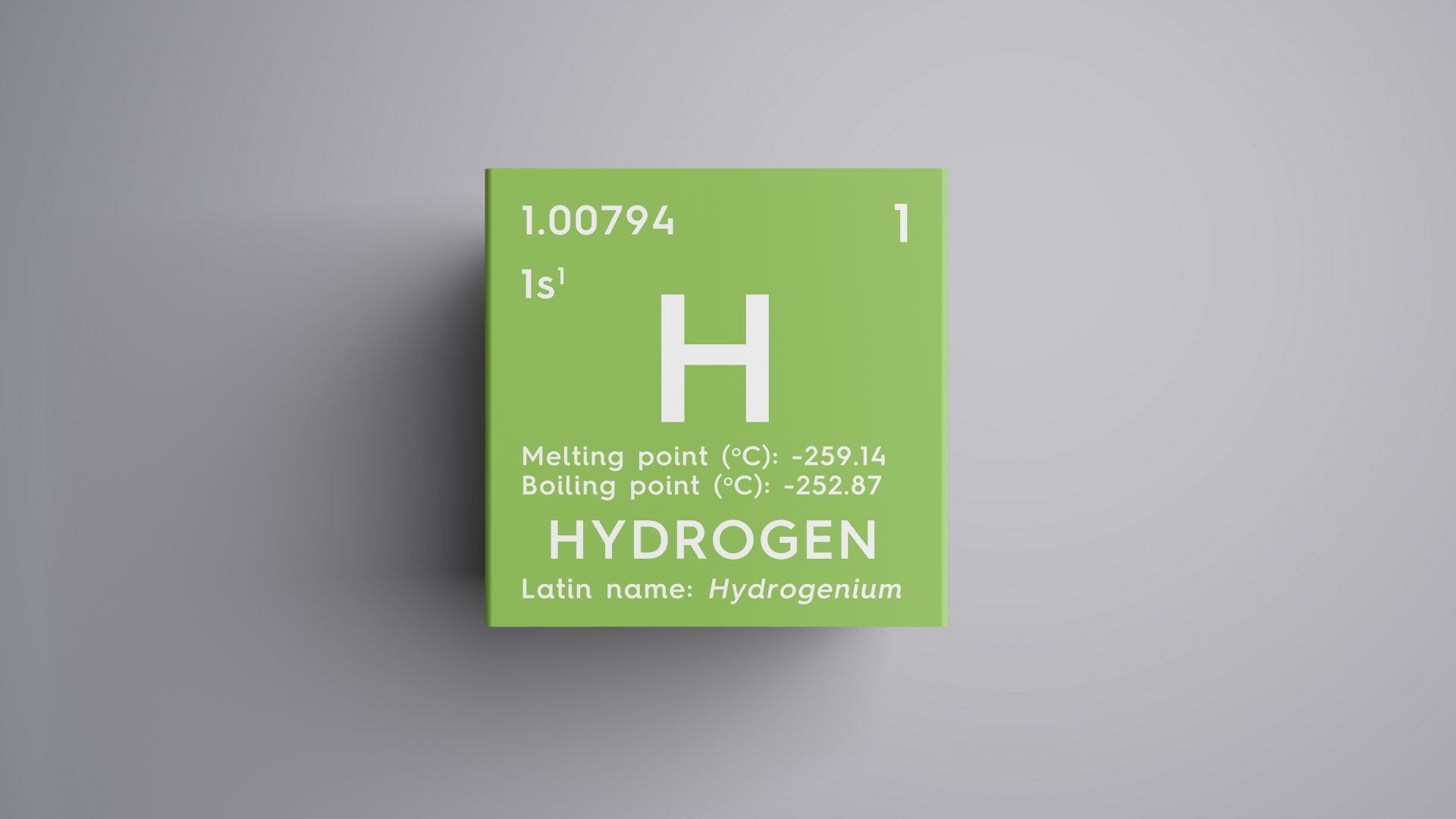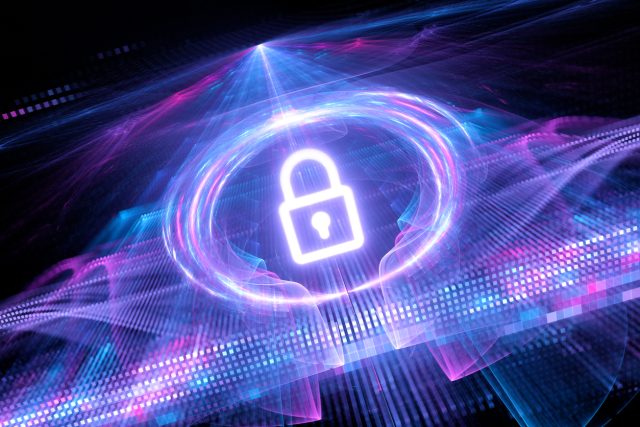
energy & environment
Europe’s clean hydrogen momentum?
Green hydrogen is hailed as decarbonisation’s holy grail.
Among its promising prospects, hydrogen could decarbonise energy-intensive industries (e.g. steel, transport). It could become an alternative to gas or a solution for storing renewable energy (solar, wind).
Today, hydrogen accounts for less than 1% of Europe’s energy mix. With 9,8 million tons of hydrogen produced annually, the EU accounts for 13% of global supply. To date, only 5% of hydrogen production is carbon-free. European leaders intend to change this rapidly. For Climate Commissioner and European Green Deal chief, Frans Timmermans, a hydrogen-based economy could give Europe a competitive edge. Several European companies, such as Vattenfall or Alstom, are already global leaders of H2 technology.
momentum in Europe
In Brussels, the European Commission started heralding hydrogen as the “fuel of the future” in the early 2000s. Back then, several pilot projects such as the Air Liquide’s H2E project or BMW’s Hydrogen 7 cars. Thanks to technological advancements and cost reductions, hydrogen is on the mind of many European industry leaders and policymakers.
Several Member States, such as France, Germany, the Netherlands, and Spain, are bent on enhancing Europe’s use of hydrogen. Germany recently presented a €9 billion hydrogen strategy with a focus on mobility-related developments (e.g. city buses, maritime transport). Meanwhile, the Dutch government wants to develop a green hydrogen “supply chain” in Europe. To accelerate its rollout, The Hague supports launching an Important Project of Common European Interest (IPCEI). It is also pushing for an EU-wide certification system that would guarantee the, namely in technical terms (production method).
Following-up on its 2018 strategy “Hydrogen Deployment Plan for Energy Transition“, France will present in September 2020 its new Hydrogen plan. French companies, including Areva H2Gen, hope the government will invest heavily in its deployment and will assert a level of ambition comparable to Germany. As part of its National Energy and Climate Plan, Spain has committed to developing a Renewable Hydrogen Roadmap. To this end, it has launched a public consultation. More details about these national plans will be provided in upcoming insights. Stay tuned!
For the Von der Leyen Commission, hydrogen will play a “pivotal role” in the implementation of the Green Deal. Published on 8 July 2020, the EU Hydrogen Strategy intends to have hydrogen make up 24% of Europe’s energy mix by 2050. While the strategy prioritises green hydrogen, it has already been criticised for For the EU to ensure that its hydrogen is produced carbon-free, the bloc will need to boost its renewable energy production capacity. To that end, the EU will make use of various financial, legal and industry cooperation tools:
- The Strategic Investment Facility, which will invest 15 billion euros in critical technologies for the clean energy transition;
- The 2021 review of the Alternative Fuels Infrastructure Directive, which requires the Member States to develop markets and infrastructure for alternatives to fossil fuels;
- The Clean Hydrogen Alliance, which aims to accelerate industry decarbonisation while preserving its competitiveness. It will bring investors together with governmental, institutional, and industrial partners, building on the successful template of existing industrial alliances, such as the European Battery Alliance.
- The EU Strategy for Energy System Integration, which will promote the integration of energy providers, carriers, distributors and consumers to ensure greater complementarity and efficiency.
hydrogen, a green carrier of renewable energy
Hydrogen’s appeal lies in it being an energy carrier that could ease the integration of renewable energy into Europe’s energy grid. For example, when renewable energy production exceeds consumption, surplus electricity can be provisionally turned into hydrogen. It can be turned back into electricity when renewables cannot meet power demand.
Furthermore, hydrogen can be produced carbon-free. One way of producing hydrogen is through electrolysis, which splits water molecules (H2O) into hydrogen (H2) and oxygen (O). If renewables generate the power, we have green hydrogen: a fully decarbonised fuel.
outstanding challenges
Despite its enormous potential, hydrogen faces several outstanding issues. The first one is the price of renewables, which will determine how quickly we can scale up hydrogen production. The IEA estimates that one kilowatt of grey hydrogen, whose production releases greenhouse gasses, costs €1.50. One kilowatt of green hydrogen costs between €3.50 and €5. However, the prices of solar or wind energy and electrolysers are all dwindling. This decline is paving the way to low-cost supply options for hydrogen. Some companies, such as H2CI, are already offering cheaper green hydrogen.
A second issue regards its ‘green’ dimension. Tracing the origin of hydrogen is critical in that regard to ensure that it is truly green. That is why CEN/CENELEC, the EU standardisation organisation, is developing a standard that would certify the origin of the hydrogen.
Safety issues must be addressed too to ensure the public acceptance of this “new” energy source. Common international standards for the safe transport and storage of large volumes of hydrogen are under development both at the international level and by CEN/CENELEC in the EU.
stay tuned!
With the publication of its Hydrogen Strategy on 8 July, the European Commission laid out a common direction for the Energy Union. It complements the actions undertaken by a core of motivated Member States to develop Europe’s capacity. While the challenges with this energy source remain unabated, promising solutions are underway. We will be keeping you posted about upcoming developments through future insights in our hydrogen series.
